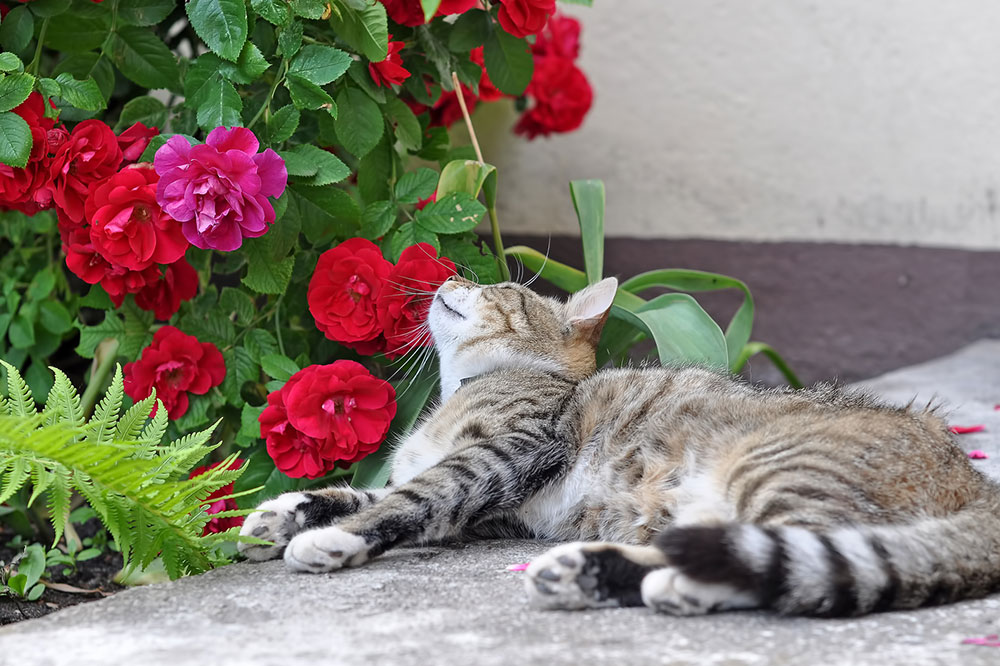
5 Toxic House Plants for Cats
Plants and flowers are beautiful and make your home beautiful. However, if you have a cat, you should be careful about the types of plants you keep in your home or garden, as some of them could be poisonous. Here’s a handy guide on the six most toxic plants for cats that you should avoid.
1. Autumn Crocus
Known as the naked lady or meadow saffron, this ornamental plant has beautiful flowers that bloom in autumn. But, it is also one of the most toxic plants for cats, dogs, and horses, according to the Animal Poison Control Center of the ASPCA. Symptoms that could occur if your pet ingests any part of this plant are gastrointestinal issues such as vomiting, bloody diarrhea, seizures, liver, kidney damage, and breathing issues. In some cases, it can result in death. These symptoms could appear immediately or even after a few days of your pet ingesting this plant.
2. Azaleas and Rhododendrons
Both these plants are among the most toxic plants for cats and are from the same species. All parts of this plant are toxic, and even a small amount can result in weakness, heart arrhythmias, blindness, seizures, and lack of appetite.
3. Lilies
This is one of the most well-known species of plants that are the most toxic plants for cats. Tiger lilies, Wood lilies, Asiatic lilies, and Stargazer lilies are some of the most dangerous plants for cats, with Easter lilies being the most dangerous of all. Not just the plant, but even the pollen of these flowers are toxic and could result in kidney failure or death. Even drinking the water from the vase in which the flowers are kept can be deadly. It is best not to have these in your surroundings if you have a cat, and if your cat comes in contact with lilies, contact your vet immediately.
4. Sago palm
Also known as coontie palm, cycads, or cardboard palm, this is a common and popular houseplant. All parts of this plant, including the seeds, are deadly for cats. The plant contains a compound known as cycasin that can result in liver damage. Other symptoms of poisoning by this plant are tarry-looking stool, increased thirst, lethargy, and bruising.
5. Daffodils
Belonging to the class Narcissus, this plant contains a substance known as lycorine that can cause drooling, diarrhea, abdominal pain, and vomiting. All parts of the plant are toxic, but the bulbs are the most dangerous.
To keep your pet safe and healthy, ensure that these most toxic plants for cats are not in your home or garden. If you suspect that your pet has nibbled something dangerous, contact your vet immediately. Timely treatment and care will ensure that your cat recovers at the earliest.


